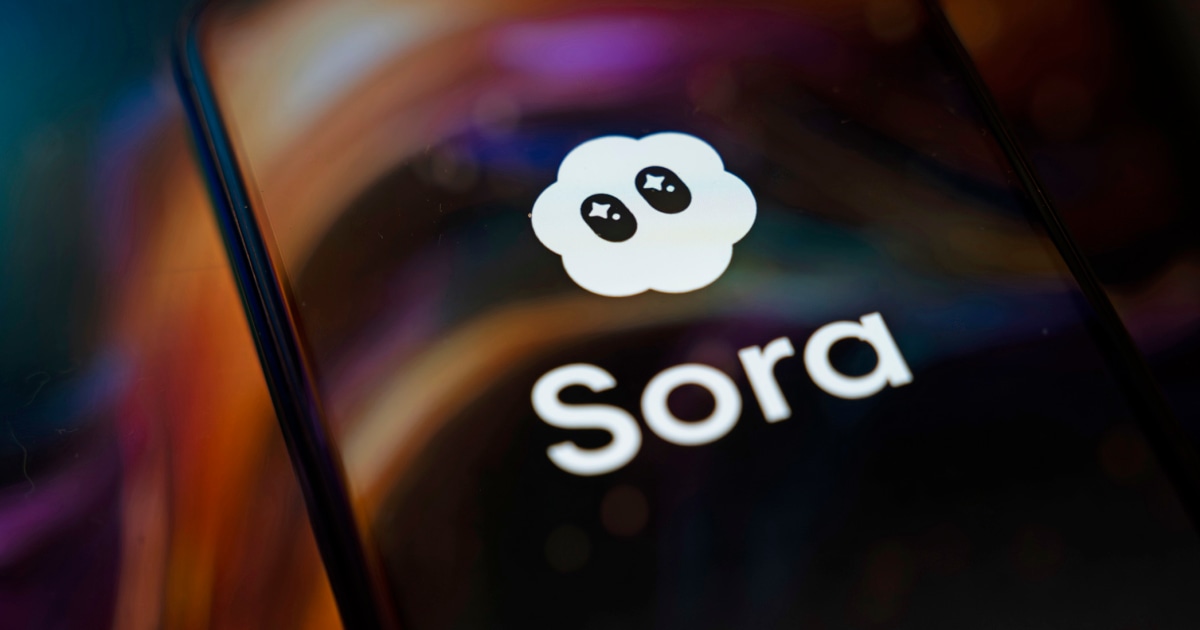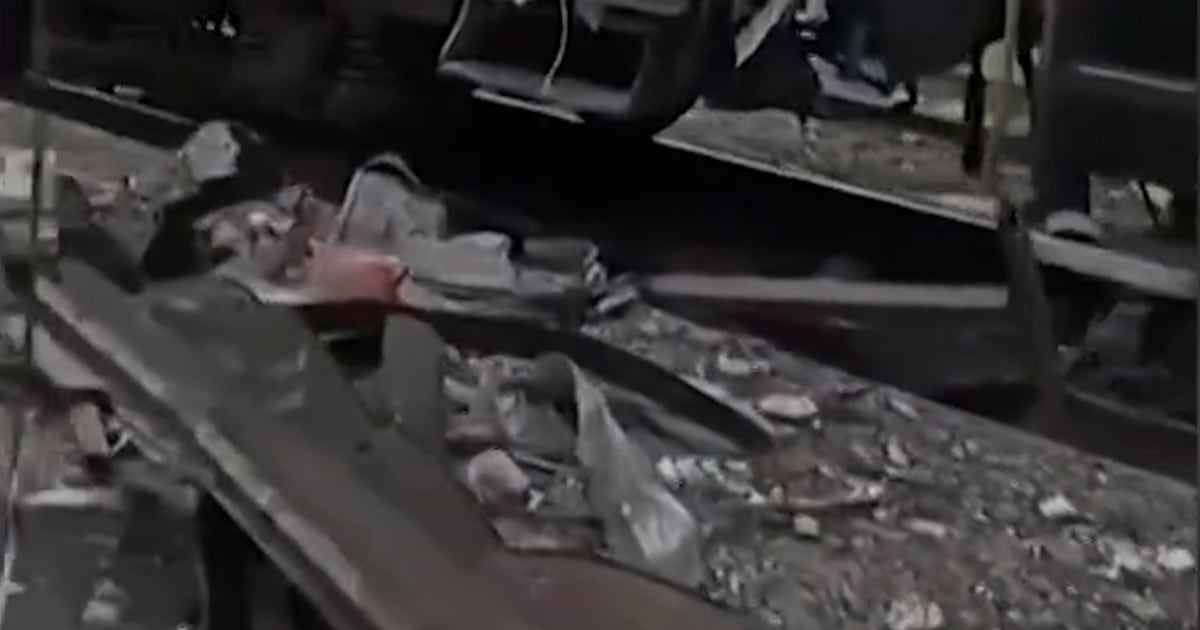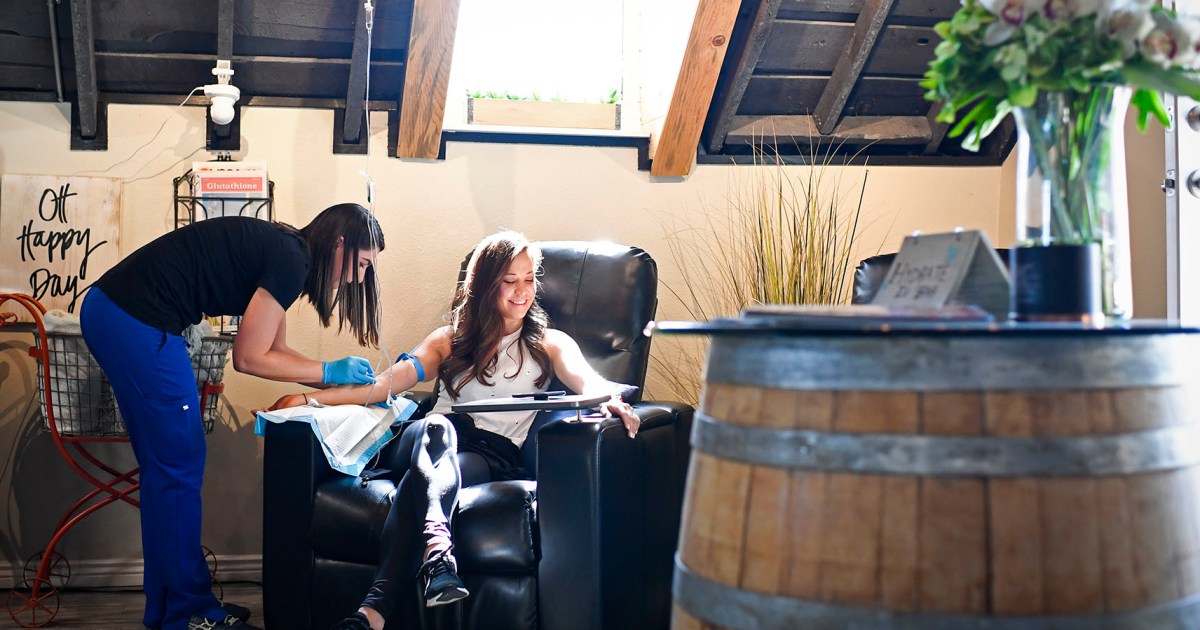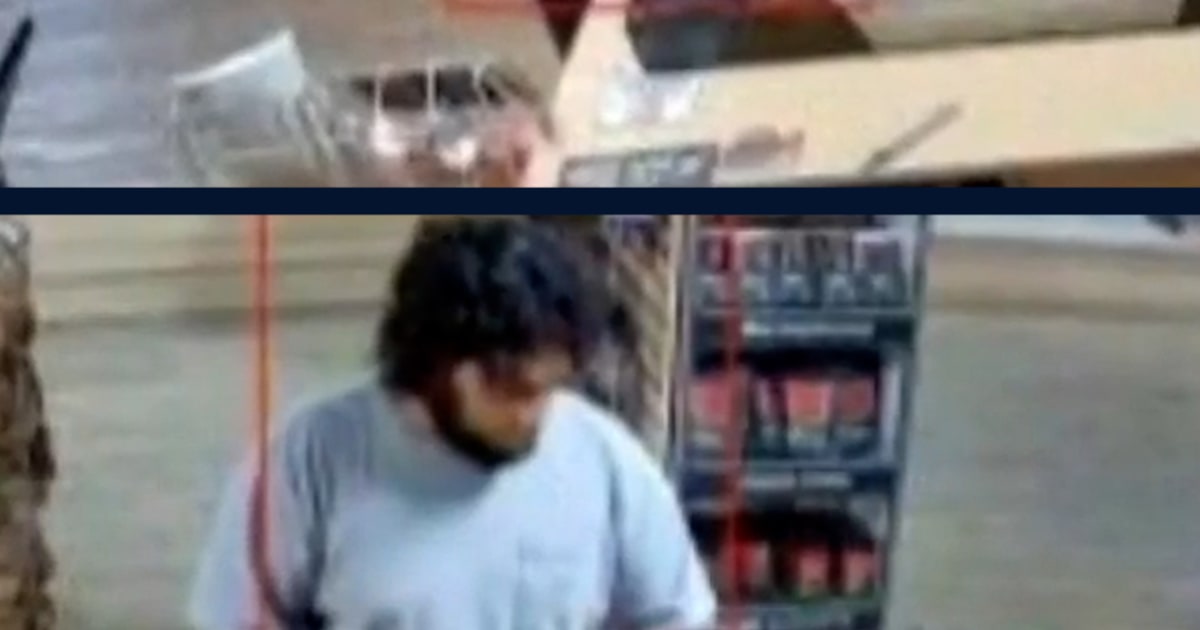While Sora has some guardrails around the likenesses of living people, protections around the likenesses of those who have died appear to be an afterthought.
Source link
Oct. 12, 2025, 6:30 AM EDTBy Jared PerloOpenAI’s new text-to-video app, Sora, was supposed to be a social AI playground, allowing users to create imaginative AI videos of themselves, friends and celebrities while building off of others’ ideas.The social structure of the app, which allows users to adjust the availability of their likeness in others’ videos, seemed to address the most pressing questions of consent around AI-generated video when it was launched last week. But as Sora sits atop the iOS App Store with over 1 million downloads, experts worry about its potential to deluge the internet with historical misinformation and deepfakes of deceased historical figures who cannot consent to or opt out of Sora’s AI models.In less than a minute, the app can generate short videos of deceased celebrities in situations they were never in: Aretha Franklin making soy candles, Carrie Fisher trying to balance on a slackline, Nat King Cole ice skating in Havana and Marilyn Monroe teaching Vietnamese to schoolchildren, for instance.That’s a nightmare for people like Adam Streisand, an attorney who has represented several celebrity estates, including Monroe’s at one point.“The challenge with AI is not the law,” Streisand said in an email, pointing out that California’s courts have long protected celebrities “from AI-like reproductions of their images or voices.”“The question is whether a non-AI judicial process that depends on human beings will ever be able to play an almost 5th dimensional game of whack-a-mole.”Videos on Sora range from the absurd to the delightful to the confusing. Aside from celebrities, many videos on Sora show convincing deepfakes of manipulated historical moments. For example, NBC News was able to generate realistic videos of President Dwight Eisenhower confessing to accepting millions of dollars in bribes, U.K. Prime Minister Margaret Thatcher arguing that the “so-called D-Day landings” were overblown, and President John F. Kennedy announcing that the moon landing was “not a triumph of science but a fabrication.”The ability to generate such deepfakes of nonconsenting deceased individuals has already caused complaints from family members.In an Instagram story posted Monday about Sora videos featuring Robin Williams, who died in 2014, Williams’ daughter Zelda wrote: “If you’ve got any decency, just stop doing this to him and to me, to everyone even, full stop. It’s dumb, it’s a waste of time and energy, and believe me, it’s NOT what he’d want.”Bernice King, Martin Luther King Jr.’s daughter, wrote on X: “I concur concerning my father. Please stop.” King’s famous “I have a dream” speech has been continuously manipulated and remixed on the app. George Carlin’s daughter said in a BlueSky post that his family was “doing our best to combat” deepfakes of the late comedian.Sora-generated videos depicting “horrific violence” involving renowned physicist Stephen Hawking have also surged in popularity this week, with many examples circulating on X.A spokesperson for OpenAI told NBC News: “While there are strong free speech interests in depicting historical figures, we believe that public figures and their families should ultimately have control over how their likeness is used. For public figures who are recently deceased, authorized representatives or owners of their estate can request that their likeness not be used in Sora cameos.”In a blog post from last Friday, OpenAI CEO Sam Altman wrote that the company would soon “give rightsholders more granular control over generation of characters,” referring to wider types of content. “We are hearing from a lot of rightsholders who are very excited for this new kind of ‘interactive fan fiction’ and think this new kind of engagement will accrue a lot of value to them, but want the ability to specify how their characters can be used (including not at all).”OpenAI’s quickly evolving policies for Sora have led some commentators to argue the company’s move fast and break things approach was purposeful, showing users and intellectual-property holders the app’s power and reach.Liam Mayes, a lecturer at Rice University’s program in media studies, thinks increasingly realistic deepfakes could have two key societal effects. First, he said, “we’ll find trusting people falling victim to all kinds of scams, big, powerful companies exerting coercive pressures and nefarious actors undermining democratic processes,” Mayes said.At the same time, being unable to discern deepfakes from real video might reduce trust in genuine media. “We might see trust in all sorts of media establishments and institutions erode,” Mayes said.As founder and chairman of CMG Worldwide, Mark Roesler has managed the intellectual property and licensing rights for over 3,000 deceased entertainment, sports, historical and music personalities like James Dean, Neil Armstrong and Albert Einstein. Roesler said that Sora is just the latest technology to raise concerns about protecting figures’ legacies.“There is and will be abuse as there has always been with celebrities and their valuable intellectual property,” he wrote in an email. “When we began representing deceased personalities in 1981, the internet was not even in existence.”“New technology and innovation help keep the legacies of many historical, iconic personalities alive, who shaped and influenced our history,” Roesler added, saying that CMG will continue to represent its clients’ interests within AI applications like Sora.To differentiate between a real and Sora-generated video, OpenAI implemented several tools to help users and digital platforms identify Sora-created content.Each video includes invisible signals, a visible watermark and metadata — behind-the-scenes technical information that describes the content as AI-generated.Yet several of these layers are easily removable, said Sid Srinivasan, a computer scientist at Harvard University. “Visible watermarks and metadata will deter casual misuse through some friction, but they are easy enough to remove and won’t stop more determined actors.”Srinivasan said an invisible watermark and an associated detection tool would likely be the most reliable approach. “Ultimately, video-hosting platforms will likely need access to detection tools like this, and there’s no clear timeline for wider access to such internal tools.”Wenting Zheng, an assistant professor of computer science at Carnegie Mellon University, echoed that view, saying: “To automatically detect AI-generated materials on social media posts, it would be beneficial for OpenAI to share their tool for tracing images, audio and videos with the platforms to assist people in identifying AI-generated content.”When asked for specifics about whether OpenAI had shared these detection tools with other platforms like Meta or X, a spokesperson from OpenAI referred NBC News to a general technical report. The report does not provide such detailed information.To better identify genuine footage, some companies are resorting to AI to detect AI outputs, according to Ben Colman, CEO and co-founder of Reality Defender, a deepfake-detecting startup.“Human beings — even those trained on the problem, as some of our competitors are — are faulty and wrong, missing the unseeable or unhearable,” Colman said.At Reality Defender, “AI is used to detect AI,” Colman told NBC News. AI-generated “videos may get more realistic to you and I, but AI can see and hear things that we cannot.”Similarly, McAfee’s Scam Detector software “listens to a video’s audio for AI fingerprints and analyzes it to determine whether the content is authentic or AI-generated,” according to Steve Grobman, chief technology officer at McAfee.However, Grobman added, “new tools are making fake video and audio look more real all the time, and 1 in 5 people told us they or someone they know has already fallen victim to a deepfake scam.”The quality of deepfakes also differs among languages, as current AI tools in commonly used languages like English, Spanish or Mandarin are vastly more capable than tools in less commonly used languages.“We are regularly evolving the technology as new AI tools come out, and expanding beyond English so more languages and contexts are covered,” Grobman said.Concerns about deepfakes have made headlines before. Less than a year ago, many observers predicted that the 2024 elections would be overrun with deepfakes. This largely turned out not to be true.Until this year, however, AI-generated media, like images, audio and video, has largely been distinguishable from real content. Many commentators have found models released in 2025 to be particularly lifelike, threatening the public’s ability to discern real, human-created information from AI-generated content.Google’s Veo 3 video-generation model, released in May, was called “terrifyingly accurate” and “dangerously lifelike” at the time, inspiring one reviewer to ask, “Are we doomed?”Jared PerloJared Perlo is a writer and reporter at NBC News covering AI. He is currently supported by the Tarbell Center for AI Journalism.




